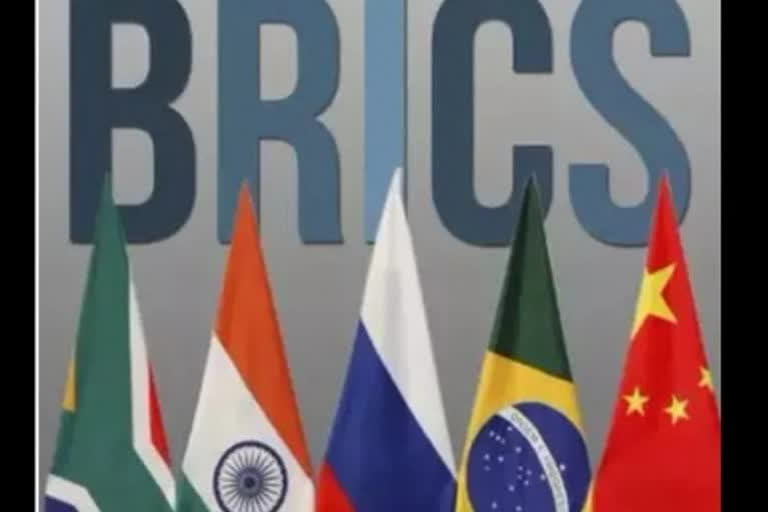New Delhi: Thirteen years after the platform for emerging economies took shape with Brazil, Russia, India, and China as founder members and soon joined by South Africa, BRICS is now gearing up for a much bigger role in the global arena which has the potential to unleash forces that can stand up to the overwhelming dominance of the US dollar.
The grouping is now set to expand with Iran and Argentina applying for membership during the 14th BRICS Summit hosted virtually by China last week. While the possibility is strong that the grouping—with its presence in Asia, Europe, Africa, and South America—may further extend its growing footprint to West Asia and south Latin America, the combined strength of the members will make it a key force to reckon with for the established US-led world order.
The very close ties between Iran and Venezuela may also herald the entry of Caracas into the grouping—based on ideas of securing the energy trade. But what imperils the unity and integrity of the grouping, among other things, are key contradictions inherent among the founder members, the reconciliation of which appears difficult at the moment.
The relationship between Asian giants India and China—with more than 100, 000 soldiers and military equipment in ongoing deployment against each other across a blurry border and an abiding air of mistrust—certainly don’t bode well for the prospect of such a grouping.
With the legacy of war in 1962 and incidents of violence at the border as recent as in 2020, 15 rounds of senior commander-level military talks and diplomatic negotiations have failed to achieve a breakthrough till now.
The traditional warm ties between India and Iran had also nosedived in the recent past with India’s proximity to the US’ Donald Trump administration. It had resulted in Iran shedding its traditional pro-India stance and taking to vehemently criticizing India on the festering Kashmir issue.
Although ideologically close, the ties between China and Russia have often been viewed as a marriage of convenience that is tied by a common antagonism of the US and its allies. But there is no denying the grouping’s potential.
Population Dividend
India with 17.7% of the world’s population, China with 18.47%, Brazil with 2.73%, Russia with 1.87%, South Africa with 0.87%, and together with the populations of likely members Argentina 0.58%, and Iran with 1.08% would add up to 43.3 % of humanity. For perspective, the European Union (EU) represents only about 9.8% of humanity while the 30-member NATO alliance represents about 12.22% of the world's population.
Economic Might
The combined projected GDP for 2021 calculated from figures given by the International Monetary Fund World Economic Outlook for October – 2021 works out to 26.43%. The GDP list is led by China with 17.8% share of the world GDP, followed by India with 3.1% share, Brazil with 1.73%, Russia with 1.74%, South Africa with 0.44%, Argentina with 0.48%, and Iran with 1.14%.
